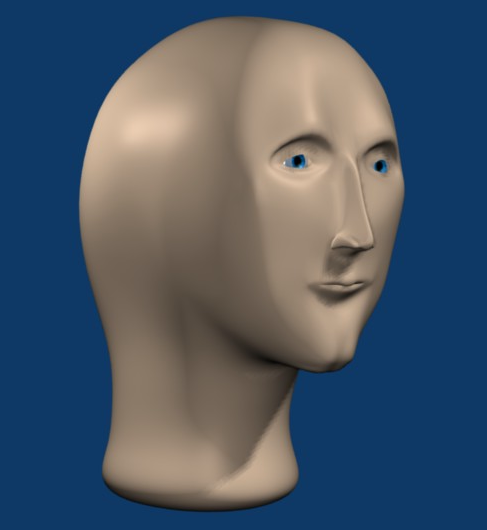Decimals work fine to represent numbers, it’s the decimal system of computing numbers that is flawed. The “carry the 1” system if you prefer. It’s how we’re taught to add/subtract/multiply/divide numbers first, before we learn algebra and limits.
This is the flawed system, there is no method by which 0.999… can become 1 in here. All the logic for that is algebraic or better.
My issue isn’t with 0.999… = 1, nor is it with the inelegance of having multiple represetations of some numbers. My issue lies entirely with people who use algebraic or better logic to fight an elementary arithmetic issue.
People are using the systems they were taught, and those systems are giving an incorrect answer. Instead of telling those people they’re wrong, focus on the flaws of the tools they’re using.



Let me restate: I am of the opinion that repeating decimals are imperfect representations of the values we use them to represent. This imperfection only matters in the case of 0.999… , but I still consider it a flaw.
I am also of the opinion that focusing on this flaw rather than the incorrectness of the person using it is a better method of teaching.
I accept that 1/3 is exactly equal to the value typically represented by 0.333… , however I do not agree that 0.333… is a perfect representation of that value. That is what I mean by 1/3 ≠ 0.333… , that repeating decimal is not exactly equal to that value.